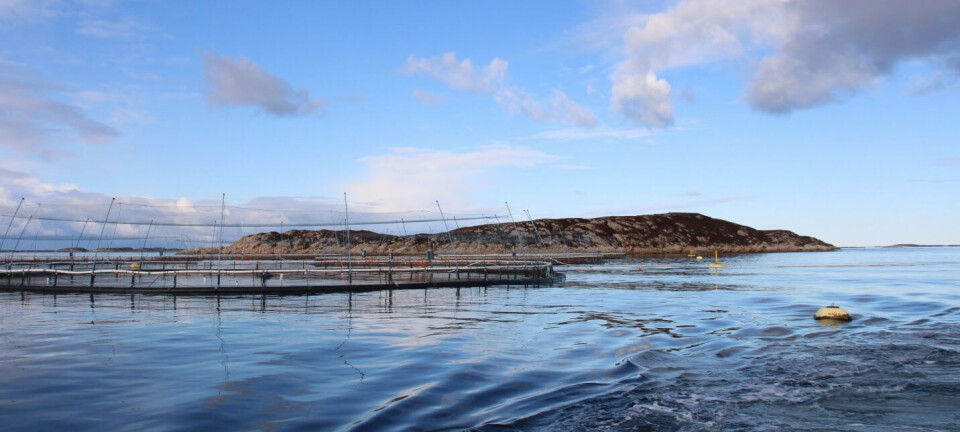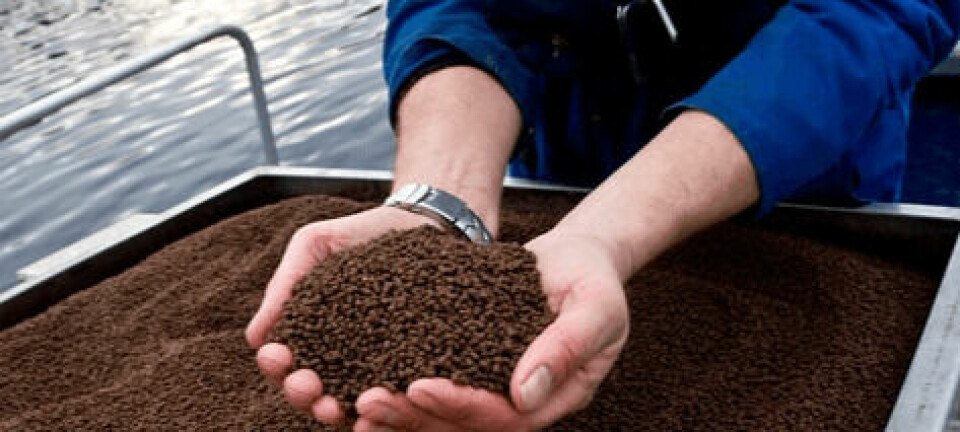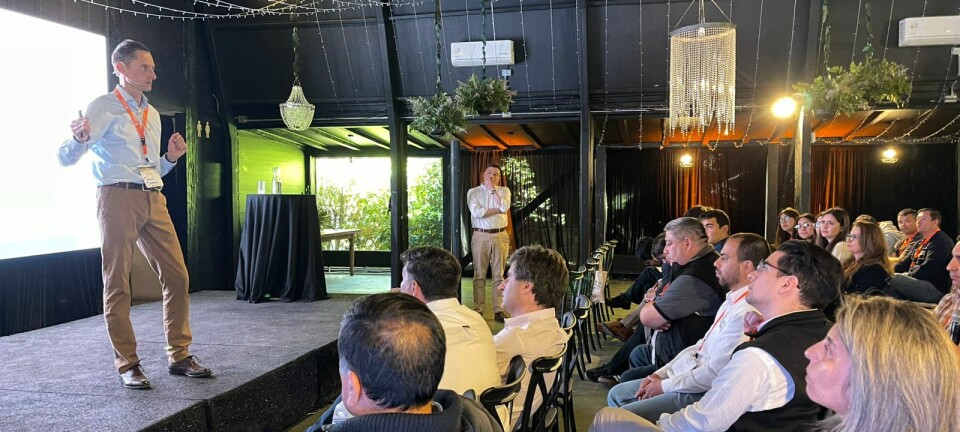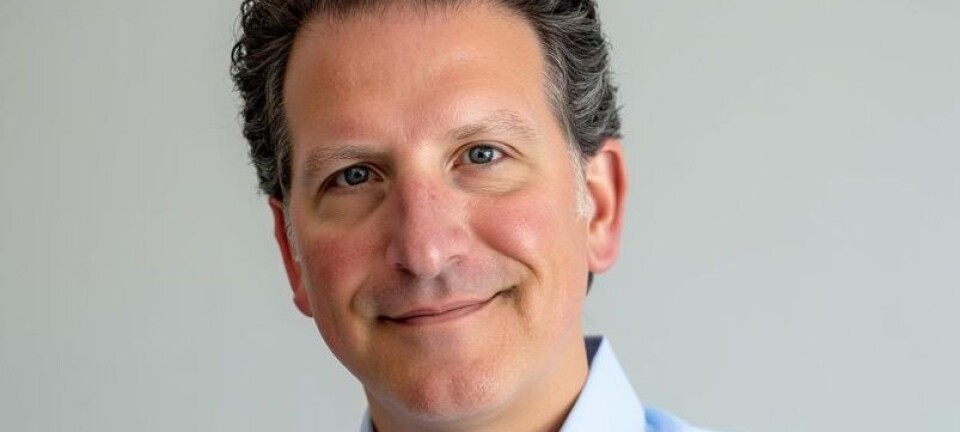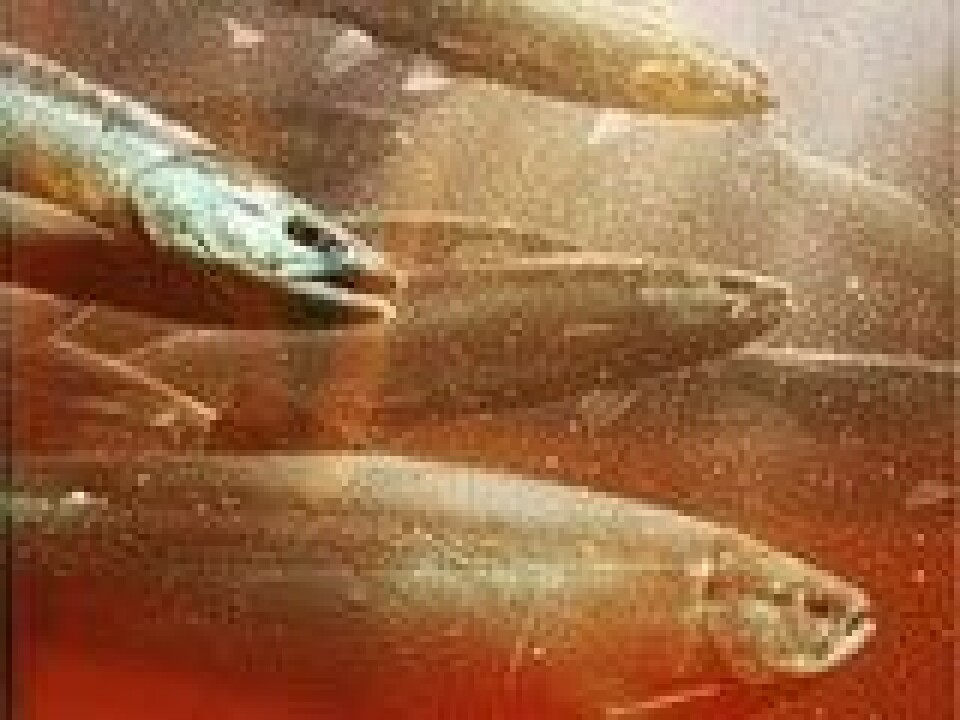
Research on chemicals in our waters
Dr Andy Fogarty of the Athlone Institute of Technology (AIT) has studied the effects of oestrogen-like compounds on fish. These can mimic the effects of the female sex hormone oestrogen, and wreak havoc on male reproductive systems. Recently, researchers in AIT found male roach with eggs downstream of several sewage treatment plants. Just as significant, Fogarty told the Irish Times, was the discovery of delayed sperm production in trout near a sewage plant.
Dr Brian Quinn is studying drugs coming from municipal effluent. He is looking at what chemicals are coming out and what effects that controlled and field exposures have on certain species.
“The new emerging compounds, we just don’t know yet if they are likely to have an impact or not,” Quinn told the newspaper.
A seemingly run-of-the-mill drug caused an unexpected yet major environmental disaster. Diclofenac decimated almost the entire vulture population in Southeast Asia.
Quinn is currently studying the effects of this drug on mussels and fish, so-called “indicator organisms”, to investigate the potential harm to animals exposed in the environment and to see what levels people may be unintentionally exposed to.
In his labs, algae will be exposed to these novel pollutants that will then be fed to mussels who are in turn eaten by fish.
The idea is to see if drug transfer can occur by eating contaminated foods that may potentially result in human exposure. He will go through the same tests and experiments for gemfibrosil, a pharmaceutical used for lowering cholesterol.




















